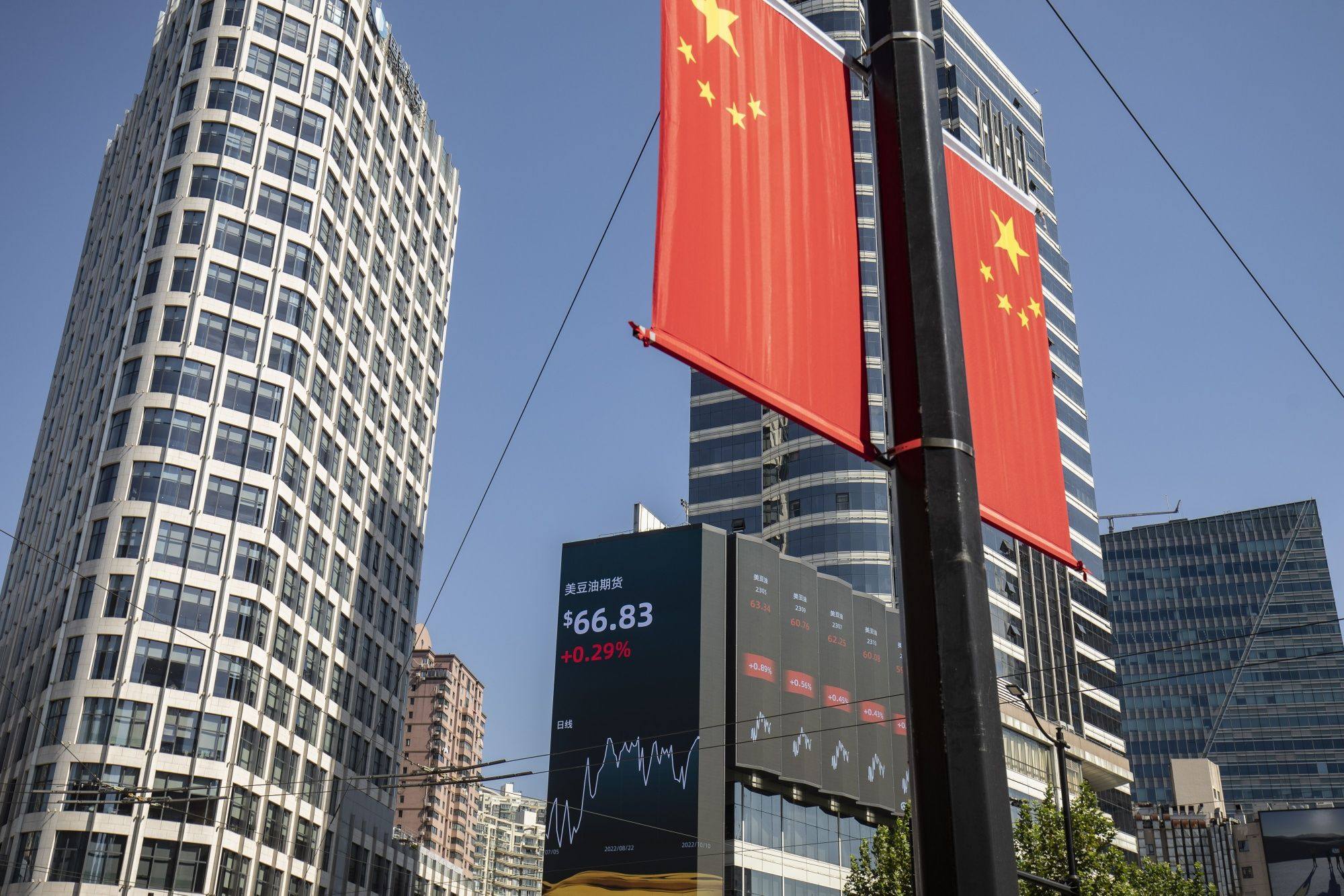
New era of China’s Belt and Road Initiative will see less risk and more focus
- Many countries that host belt and road projects are struggling, partly because of global economic conditions but also from dubious governance
- The new era of China’s initiative is likely to see a more focused portfolio, greater international cooperation on finance and repaired relationships
China’s approach of extending the maturity of distressed loans might not be sustainable. This often just delays the inevitable rather than confronting underlying problems. The time has come for writedowns which can reveal the true performance of belt and road portfolios, providing the basis for course corrections.
First, China is likely to prune its portfolio of risky investments and contracts in countries of dubious governance. Second, China might change its bilateral approach and seek broader international cooperation in financing belt and road projects. Importantly, it is likely to redouble its strategic priorities in securing energy and other resources important to its national development.
How corruption in Kyrgyzstan put Chinese investments at risk

China’s strategy can be understood as a frontier FDI programme, albeit not exclusively so. The more frontier the destinations, the riskier the outcomes. For example, some countries with belt and road projects are ranked below 100 in the World Justice Project’s Rule for Law Index. They include Russia (101), Philippines (102), Bangladesh (124), Myanmar (128), Pakistan (130), Egypt (136), the Democratic Republic of the Congo (137) and Cambodia (138).
China itself is ranked low in the Rule of Law Index at 98th, but mainly because of low scores for constraints on government power, open government and fundamental rights. China is ranked respectably in order and security (36) and absence of corruption (55), as well as moderately for criminal justice (69) and civil justice (74).
China’s loans to poor nations in the spotlight as IMF tightens debt scrutiny
China could achieve better outcomes if it prioritises investments in destinations with higher rankings in the Rule of Law Index. These include Chile (32), Italy (34), Poland (36), the United Arab Emirates (37), Rwanda (42), South Africa (52), Malaysia (54), Kazakhstan (66) and Indonesia (68).
State-owned enterprises have been the key actors for China’s belt and road strategy. Chinese private companies’ increasingly important roles could represent a potential redemptive turn for the initiative. Instead of the state leading, Beijing could switch its focus to facilitating private sector participation.

China’s new-look initiative must be seen in the broader context of its global FDI portfolio. Its cumulative FDI stock overseas is only about 30 per cent of that of the US, even with Hong Kong included.
Leaving aside the US, repairing relationships with Western and northeast Asian economies is not just a political challenge but an important economic one. Next month’s Group of 20 summit in Indonesia would be a good place to start.
Winston Mok, a private investor, was previously a private equity investor


